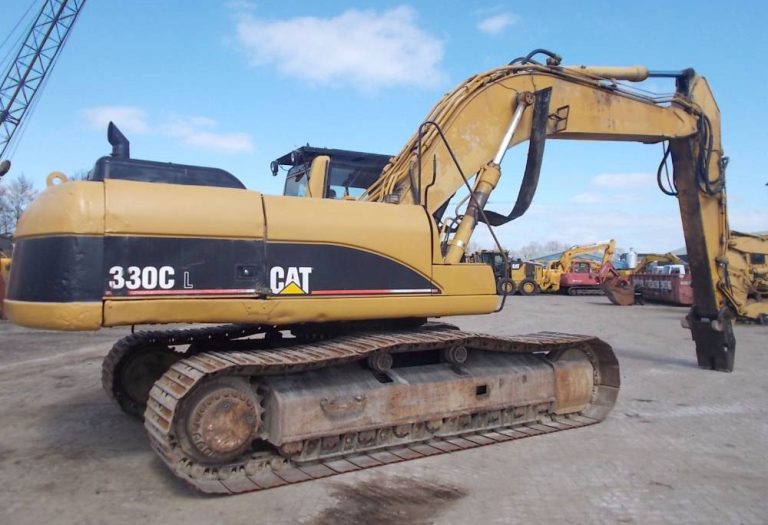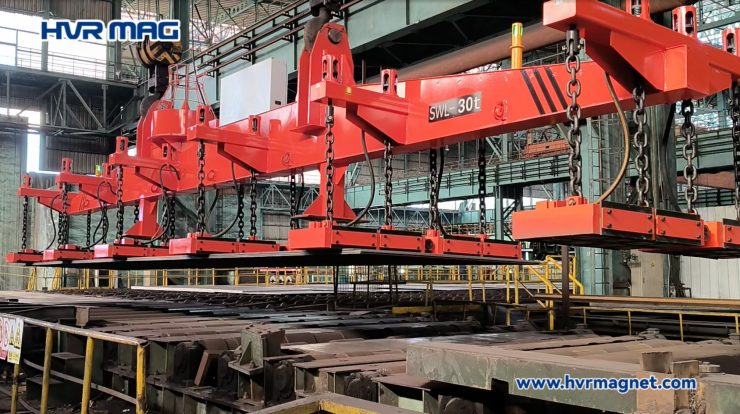What Is a Hydraulic Hammer?
Hammer hydraulics
At some point, you may have asked, “What is a hydraulic hammer?” Initially debuting in 1967, the hydraulic hammer has surged in popularity ever since. It is estimated that immediately after Krupp Berco Bautechnik’s hydraulic hammer was introduced, over 2,000 units were ordered by eager customers. It wasn’t long before tool companies worldwide introduced their own versions of a hydraulic hammer, changing how the construction and quarrying industries worked forever.

Hydraulic hammers, also known as hydraulic breaker, are typically attached to excavators and powered by hydraulics. They are most commonly used in circumstances where traditional blasting methods and jackhammering are not possible. Hydraulic hammers have both increased safety and efficiency when breaking down large concrete structures. They’ve become an integral part of most demolition processes.
Hydraulic hammer parts
How Does a Hydraulic Hammer Work?
Hydraulic fluid is the lifeblood of all hydraulic hammers. Utilizing an auxiliary hydraulic system when attached to an excavator, hydraulic hammers use stored pressure from a canister to create force. In turn, this energy is then used to push the hammer. The power of a hydraulic hammer far exceeds that of conventional hammering systems, allowing those in the demolition and construction industries to speed up work and reduce overall operating costs.
There are two different types of hammers utilized on job sites. The key difference between these two types of hydraulic hammers is the valve. One version of the hammer uses an internal valve, while the other uses an external valve. Most other components remain the same between the two versions. They include the front cap for impact protection, side rods to support the breaker, nitrogen chamber for power supply, main valve to assist the hammer, and the piston. Additionally, hydraulic hammer size varies according to the application it’s needed for.

Skid steer hydraulic hammer
How Is Force Generated For the Hammer?
Pascal’s law is the reason hydraulic hammers work so well. This principle in fluid mechanics states that when pressure is applied to one part of a confined fluid, that force is transferred to the entirety of the fluid and multiplied.
During operation, hydraulic oil is supplied through a valve. When the piston moves upward, the upper chamber pressure is released via the main valve through the outlet. Then the high pressure in the lower chamber pushes the piston upward. As the piston returns to the highest point of the stroke, the main valve directs the flow to the high-pressure chamber. The piston then travels down due to the force applied from the gas chamber. Following the impact, the process repeats, creating the repetitive action of hammering.
Hydraulic hammer for excavator
How Is a Hydraulic Hammer Used?
After their development and release, hydraulic hammers quickly become a mainstay in multiple industries. Their ability to accomplish tasks, increase worker safety and productivity, and reduce operating costs led to widespread adoption. Hydraulic hammers are most commonly used in:
• Construction
• Demolition
• Quarrying
If you’re interested in purchasing a certified rebuilt breaker or need hydraulic breaker & hammer parts, contact our team today. We offer a wide range of hydraulic hammers from the industry’s leading manufacturers. We also provide full service to keep your tools running strong. Call now to learn more about Hydraulic Breaker Services LLC.
People also ask
Other Types of Excavator Attachment
Common hydraulic attachments used with excavators, similar to hydraulic hammers, include:
- Hydraulic Breakers: Used for breaking and demolishing concrete, rocks, and other hard materials.
- Augers: Designed for drilling holes in the ground for applications like fence post installation or tree planting.
- Grapples: Used for grabbing and handling various materials, such as logs, rocks, or debris.
- Rippers: Ideal for breaking up hard soil, ice, or compacted materials before excavation or grading.
- Plate Compactors: Used to compact soil, gravel, or other loose materials for creating a solid and level surface.
- Thumb Attachments: Provide enhanced grasping capabilities for handling irregularly shaped objects like tree stumps or rocks.
- Tilt Rotators: Enable additional rotation and tilting capabilities for increased precision and flexibility during material handling.
These attachments expand the versatility and functionality of excavators, allowing them to perform a wide range of tasks efficiently and effectively.





